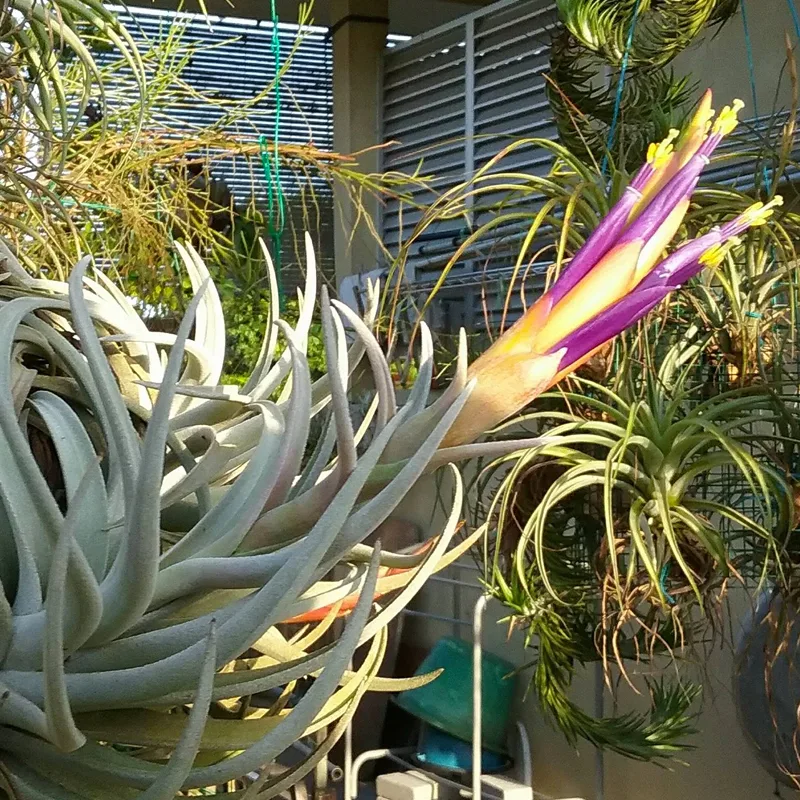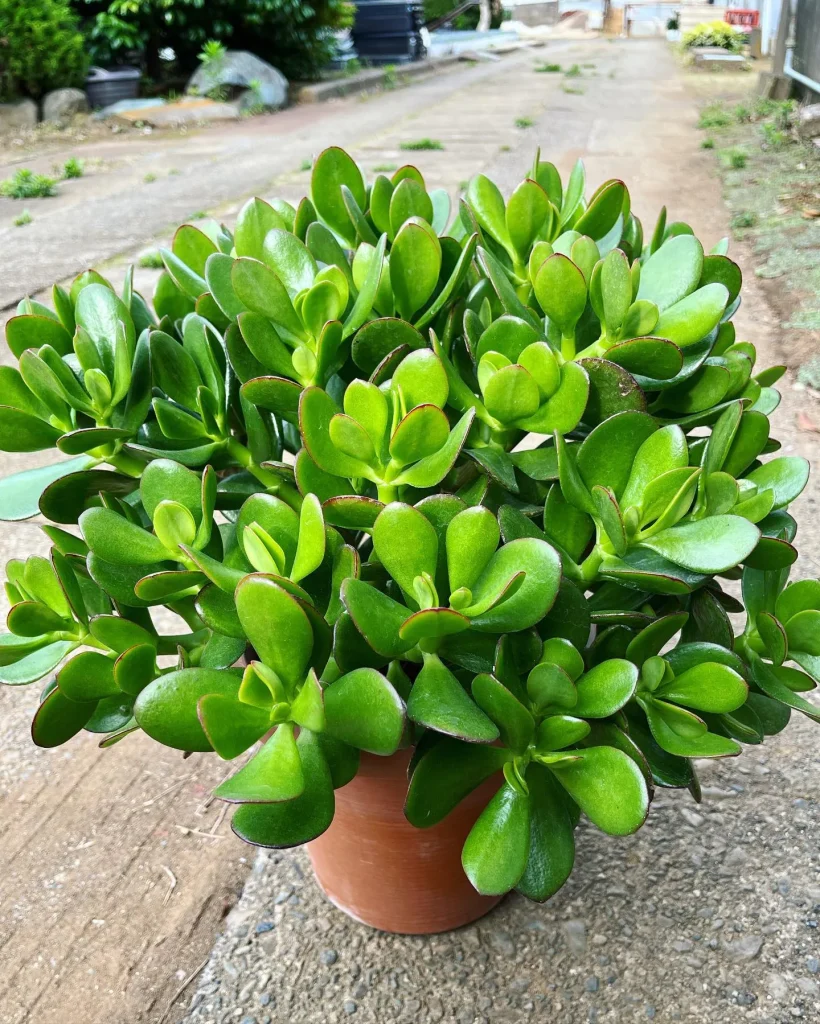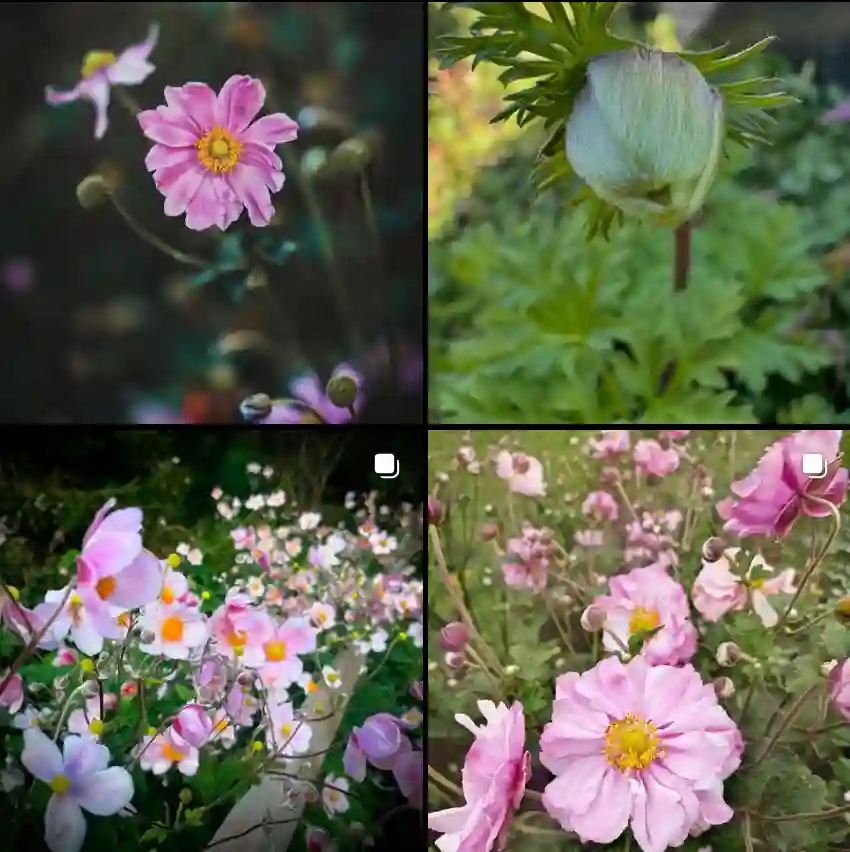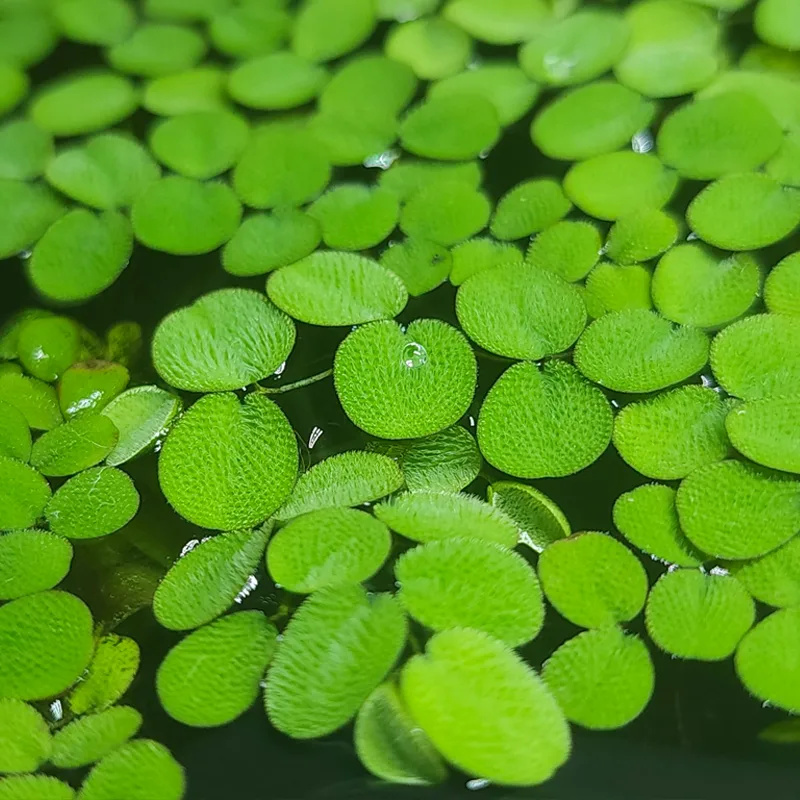Frequently Asked Questions About Podophyllum Pleianthum
Podophyllum Pleianthum, often known as the “Chinese Mayapple,” has always intrigued me with its unique foliage and growth habits. This plant, native to China, has a lot to offer both novice and seasoned gardeners. I’ve spent quite a bit of time learning about it, so I’m here to share the insights I’ve gathered. If you’re considering adding Podophyllum Pleianthum to your garden or just curious, here are some frequently asked questions.
17 Species in Genus Podophyllum
What Is Podophyllum Pleianthum?
Podophyllum Pleianthum is a perennial plant that belongs to the Berberidaceae family. It is known for its striking, large, and glossy leaves which resemble a fan shape. The plant produces beautiful, nodding white to pale yellow flowers in early spring, followed by fruit that looks like a small apple. The unique appearance and ease of care make it a favorite among garden enthusiasts.
How to Care for Podophyllum Pleianthum?
Caring for Podophyllum Pleianthum is relatively straightforward. Here are some key points I’ve found essential:
- Light: This plant thrives in partial to full shade. It can handle dappled sunlight but does best away from the harsh afternoon sun.
- Soil: It prefers well-draining, moist soil enriched with organic matter. I recommend adding compost to improve soil fertility.
- Watering: Keep the soil consistently moist, especially during the growing season. However, be cautious not to waterlog the soil as it can lead to root rot.
- Temperature: Podophyllum Pleianthum is hardy in USDA zones 5 to 8. It can handle cold winters but should be protected from extreme frost.
How to Propagate Podophyllum Pleianthum?
Propagation of Podophyllum Pleianthum can be done through seeds or division:
- Seeds: Collect seeds from the ripe fruit in late summer. Soak them in water for 24 hours before planting. Sow the seeds in a seed tray filled with a mix of peat and sand. Keep the tray in a warm, shaded location. Germination can take several weeks to a few months.
- Division: The best time to divide Podophyllum Pleianthum is in early spring or late fall. Carefully dig up the plant, ensuring you have enough root mass. Replant the divisions immediately in a prepared bed or container.
What to Plant With Podophyllum Pleianthum?
Pairing Podophyllum Pleianthum with other shade-loving plants can create a stunning garden display. I’ve had great success combining it with:
- Hostas: Their lush foliage complements the Mayapple’s leaves and adds texture.
- Ferns: Ferns provide a contrasting leaf shape and thrive in similar conditions.
- Trilliums: The delicate flowers of Trilliums blend well with the Podophyllum’s subtle blooms.
Benefits of Podophyllum Pleianthum
One of the biggest benefits of Podophyllum Pleianthum is its ability to thrive in shady areas where other plants may struggle. Its striking foliage also adds a unique element to any garden. Additionally, the plant is low-maintenance, making it ideal for busy gardeners.
Toxicity of Podophyllum Pleianthum
While Podophyllum Pleianthum is not typically considered toxic, it’s always wise to handle it with care. The fruit and leaves contain compounds that can cause mild gastrointestinal upset if ingested. Keep it out of reach of children and pets to avoid any potential issues.
Common Problems with Podophyllum Pleianthum
In my experience, the most common issues with Podophyllum Pleianthum include:
- Pest Infestations: Slugs and snails can sometimes be a problem. Using natural deterrents or slug bait can help manage these pests.
- Root Rot: Overwatering can lead to root rot. Ensure proper drainage and avoid waterlogging the soil.
- Fungal Diseases: In humid conditions, fungal diseases may appear. Providing good air circulation and avoiding overhead watering can reduce the risk.
Compare with Other Similar Plants
Podophyllum Pleianthum is often confused with its close relatives or similar species. Here’s how it compares:
- Podophyllum Emodi: Known as the “Himalayan Mayapple”, it has a similar appearance but usually grows taller and prefers slightly different soil conditions.
- Podophyllum Peltatum: Commonly called the “American Mayapple”, it is smaller and more suited to temperate climates, whereas Podophyllum Pleianthum is better for subtropical regions.
Conclusion
Podophyllum Pleianthum is a fascinating plant with unique characteristics that make it a standout choice for shaded gardens. Whether you’re drawn to its attractive foliage, its ease of care, or its ability to thrive in difficult conditions, it offers something special to any garden. With the right care and a bit of knowledge, you can enjoy its beauty and benefits for years to come.
If i die, water my plants!



